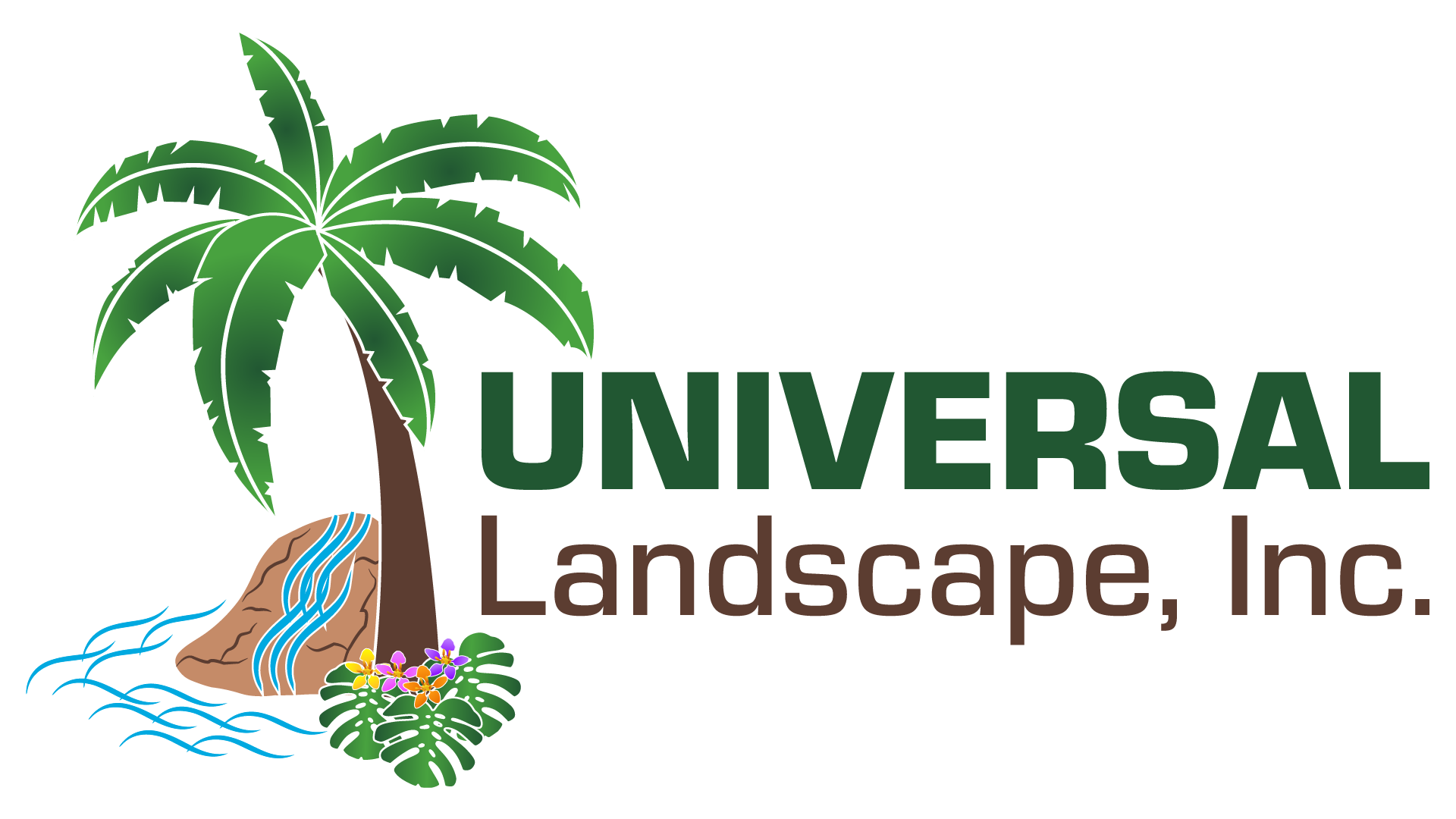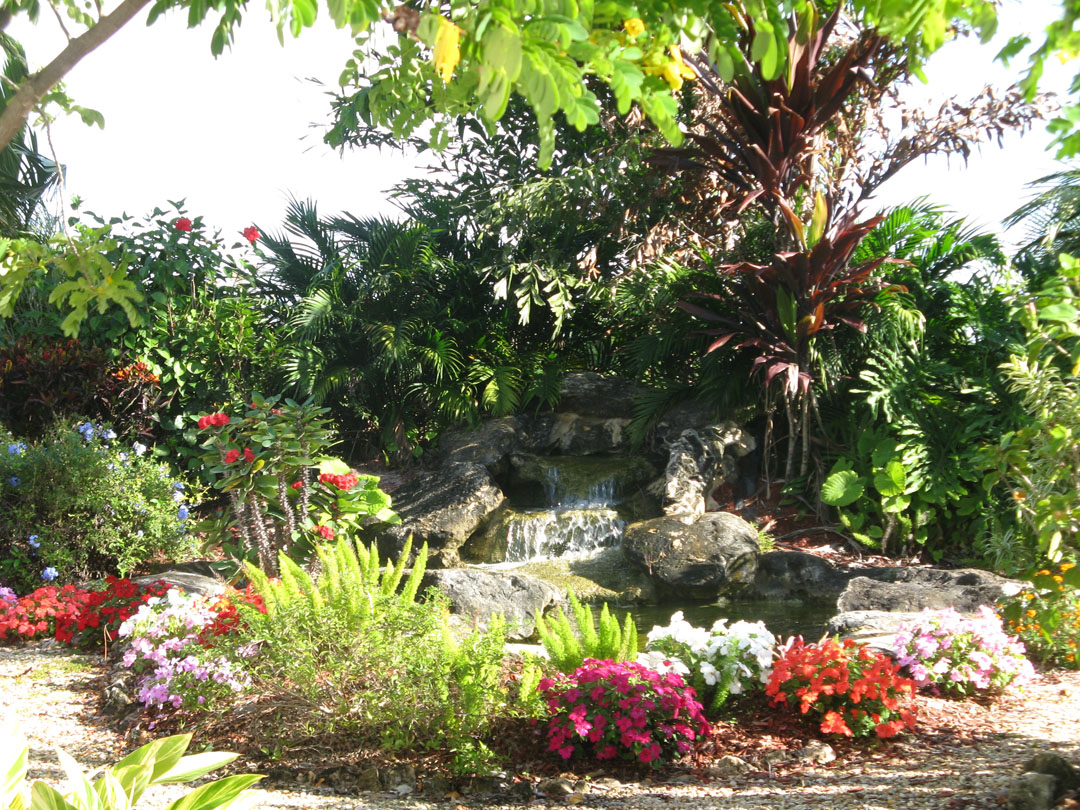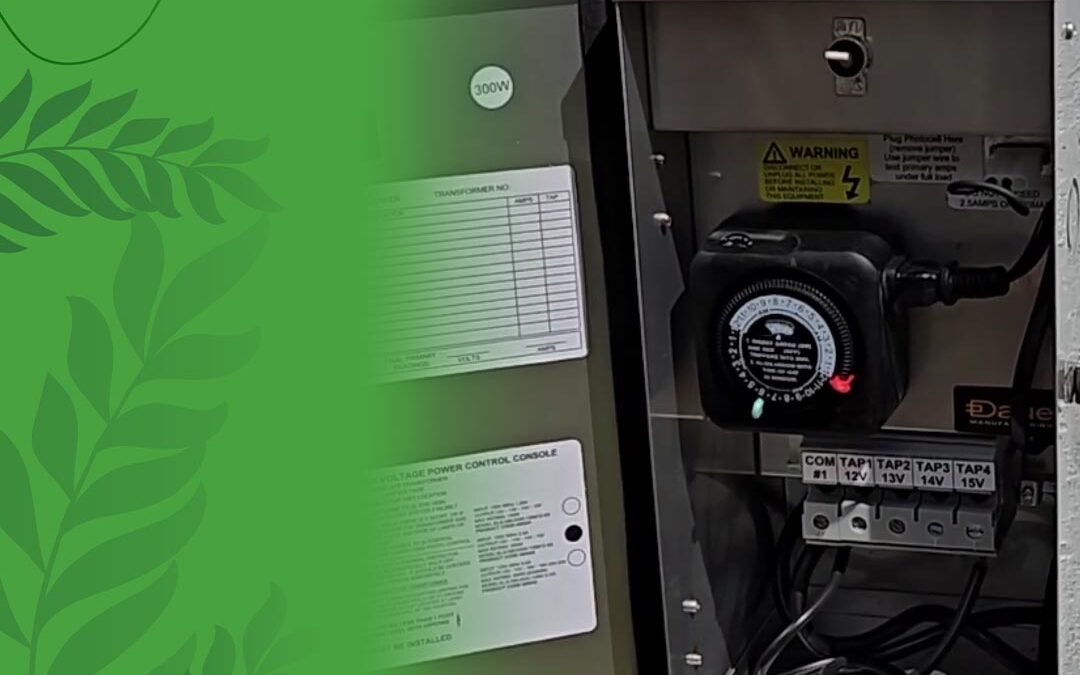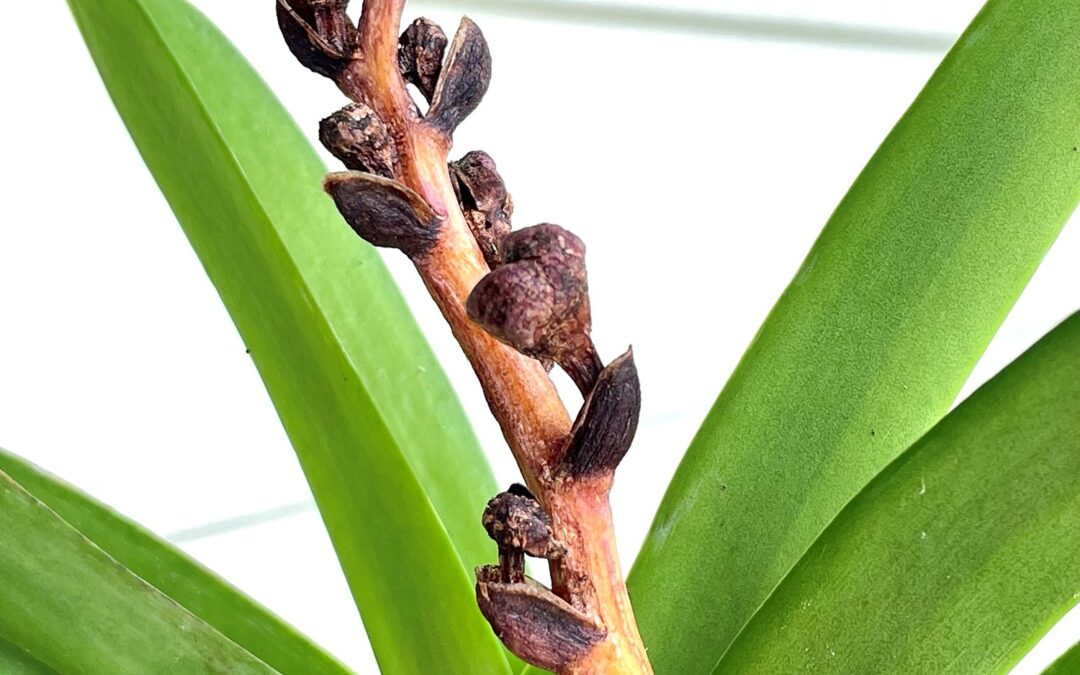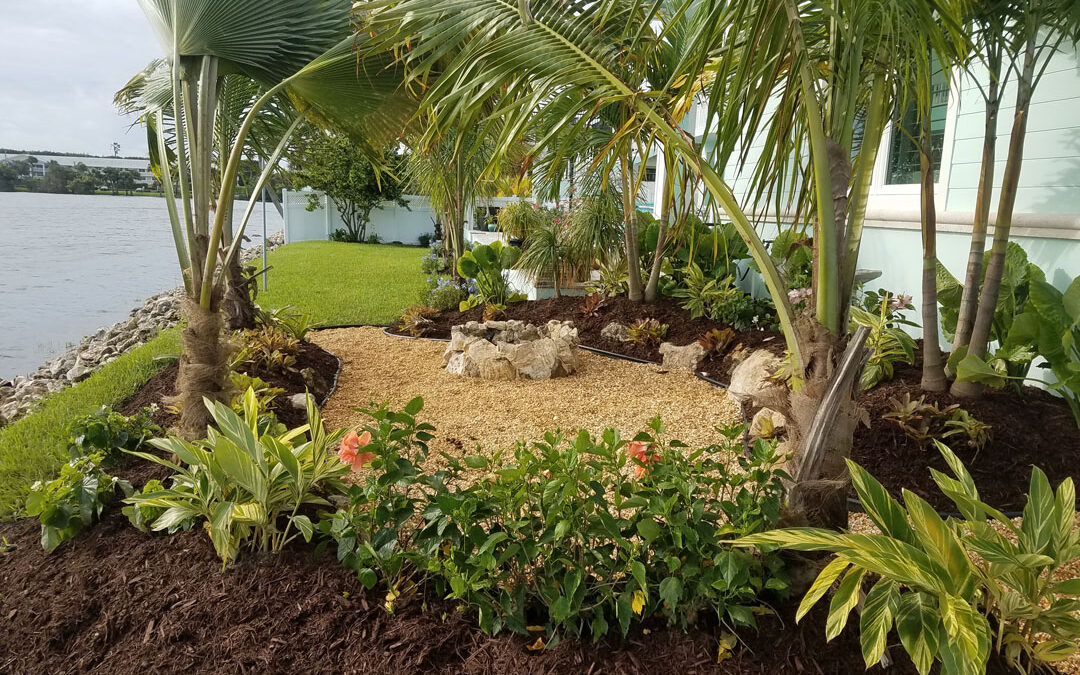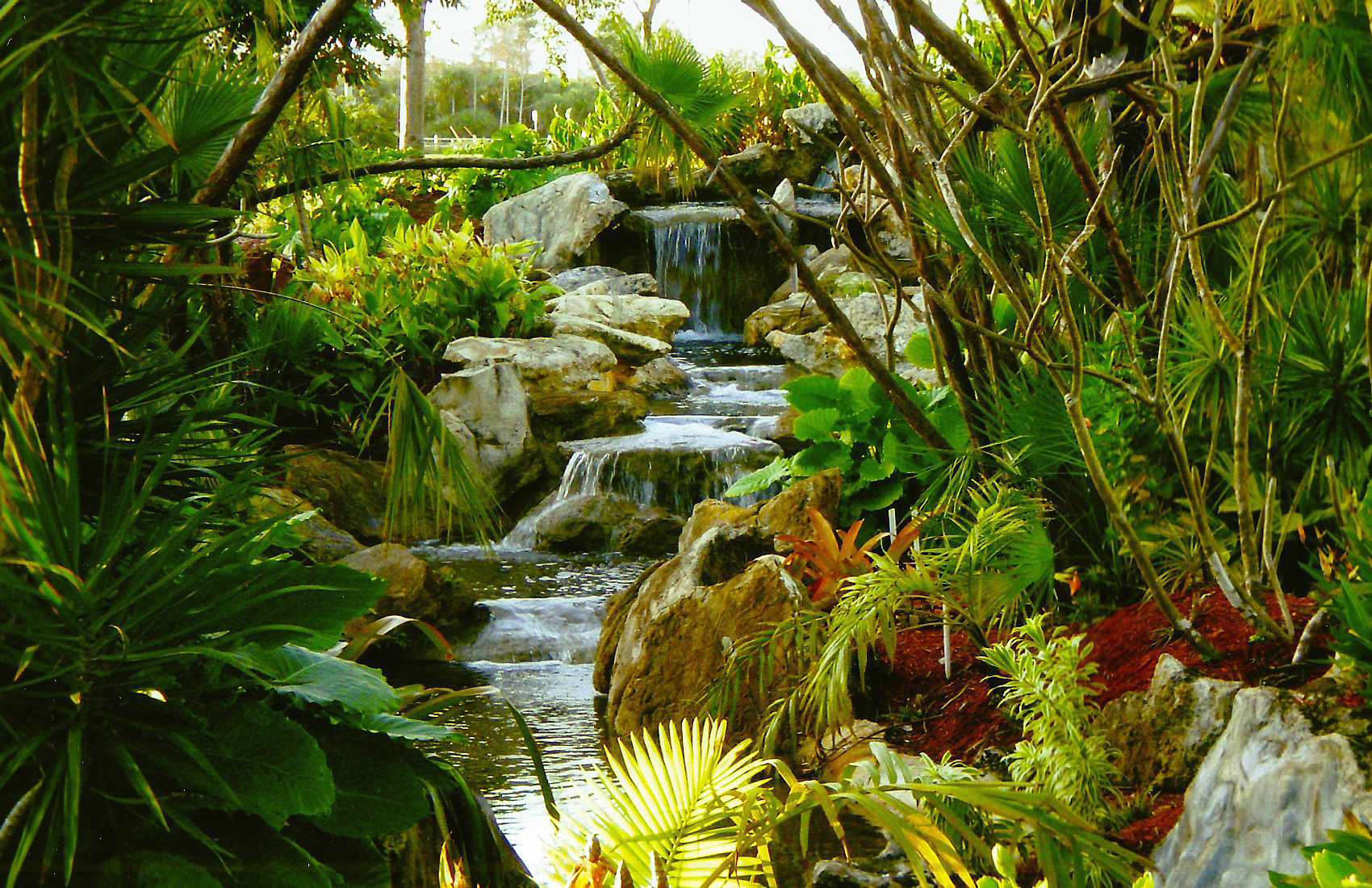The good news about this common mistake is that it is very easy to correct.
Through the years when going back to projects we’ve done just to visit or to check on warranty issues, is that we often notice that the irrigation system has not been changed since the time the new landscape was installed. It is very important to adjust the irrigation as a landscape needs to become more self sufficient as time passes.
Briefly put, not all properties are the same. Different soil conditions, different benefits or challenges of regular drainage, so all properties may not be set to the same amount of time required for watering, but one thing is constant more water is required at the time of installation than any other.
Properties which do not drain well and retain more water, will require less irrigation time than others. If the property has a severe problem with water retention, very little water may be required even during our dry winter season. No additional water from irrigation may be required throughout the spring and summer if we’re experiencing a ‘heavy’ rainy season.
The goal is to help strengthen the roots of the landscape, which is the key to a xeriscaped property. This leads to a stronger lawn and landscape overall, which can help to reduce the expense of dealing with disease & fungus, the cost of watering, along with a longer lasting and more beautiful landscape. For more information on how to xeriscape your property feel free to read our article titled “An Introduction to your landscape” in the ‘Customer’s Corner’ Section of our website.
Watering Suggestions : A guideline and should be altered depending on the drainage aspects of your property, along with how the landscape is looking. When cutting back or weening the landscape to less water, you may see a slight struggle in the landscape temporarily, but should be adapted within a few weeks to a lower watering schedule.
NOTE : It is better to water heavier and less frequently as the water will normally seep deeper into the soil and the roots will be forced to go down deeper to get that water. When watering more often and in shorter watering times, the water evaporates more easily and because of a higher frequency, the roots of the landscape do not have to grow stronger and deeper to get that water. With more surface water the roots become ’lazy’ as they can get a drink on the surface more easily. Deeper roots – stronger landscape.
Recommended Watering Schedules
New Installations through first two to three weeks : Varies with time of year and the drainage quality of the soil. Another important note : If larger trees are installed, it is recommended to water heavier in the beginning period after installation.
½ hour to 1 hour per day.
Three Weeks to Three Months after installation.
½ hour to 1 hour – every other day.
*Note : If larger trees are installed, may be necessary to water more frequently during this time, watering 5 – 6 days a week instead of 3 – 4. Also to note, if summertime, may tend towards the longer end of each recommended watering time, especially if we are not experiencing a regular amount of rainfall. Heavy rainfall is also something to account for, and can lead to a need for less water. If our customer’s are not sure, we encourage them to contact us. Our email : office@universallandscapefl.com
Three Months to 6 months 1 year
We recommend a goal of watering once to twice a week throughout the longevity of the life of your landscape as a goal. This practice can lead to a stronger, fuller landscape and these xeroscaped yards show the greatest longevity as well as being mindful of water conservation needs. Funny how doing what’s good for nature with water conservation is the right lesson for attaining a healthier landscape.
At this point, after three months a two to three time a week watering cycle may be attained, and if necessary, adjust the length of time the irrigation system is set to. For example, if watering 4 – 5 days a week at 30 minutes per zone, and cutting back to 3 times a week, you may wish to increase to 40 – 45 minutes to help the transition.
We hope any who read this common mistake take note of this and make the simple adjustment, which can produce a healthier looking landscape and save a good deal of money in the process.
Sincerely,
Sal Ceraulo
Universal Landscape, Inc.
